There Just Might Be a Kona Under the Tree This Christmas

Desperate eager to fill holes in its product lineup and put some bounce in its sales step, Hyundai unveiled the subcompact Kona crossover earlier this year, with the model arriving on North American shores in the first quarter of 2018. The Kona is just one part of Hyundai’s revamp of its crossover lineup — and its culture.
More crossovers, bigger and smaller crossovers, EV crossovers, and faster crossovers make up Hyundai’s short-term goals. By “faster,” we’re referring to the development cycle, unless the brand has some hot “N” action waiting for one of its cargo-friendly models. Caught off guard by the utility vehicle craze, Hyundai wants to pare its product planning window down from three years to a year-and-a-half, allowing a quicker response to new market trends.
But the first step towards a more agile Hyundai Motor Company is the Kona. Small, cladded, and efficient, the 2018 Kona might arrive sooner than planned.
Speaking to Wards Auto, Mike O’Brien, Hyundai Motor America’s vice president of product, digital and corporate planning, says Korean production of U.S.-bound Konas will commence before the end of the year. And yes, it’s possible some units might arrive on dealer lots before New Year’s Eve.
Hyundai hopes you’re excited. Certainly, the automaker has high hopes for the tiny B-segment vehicle, which undercuts the rival Mazda CX-3’s length by four inches. The base Kona draws its power from a 2.0-liter four-cylinder making 147 horsepower and 132 lb-ft of torque, making it an obvious competitor to the Toyota C-HR.
However, unlike Toyota’s funky front-driver, the Kona is available with optional all-wheel drive, as well as a powertrain upgrade. Buyers can move up to a 175 hp turbocharged 1.6-liter four mated to a seven-speed dual clutch automatic. With the Kona being all about filling gaps, Hyundai clearly didn’t want to leave any in this segment. Prudent, as the top end of its lineup isn’t pulling its weight.
Despite October being a brisk month for Hyundai crossover sales, the top-rung Santa Fe has dropped 0.8 percent, year-to-date. O’Brien acknowledged this, claiming the Santa Fe’s larger, renamed replacement — due for an unveiling next year — will be “something more suitable for the U.S. market.”
At the bottom of the lineup, the Kona’s job will be to lure customers away from the C-HR, Honda HR-V, and Mazda CX-3. However, it remains to be seen if the subcompact crossover segment actually has much growth left in it. Sales of the C-HR, which debuted in April, hit a high point of 3,638 sales in October. Honda’s HR-V saw its sales sink 4.4 percent, year-over-year, while the CX-3’s popularity dropped 17.5 percent.
Both of those latter models find themselves headed in opposite directions. The Mazda has seen 11 consecutive months of year-over-year declines, while its Honda competitor has enjoyed 16 months of year-over-year increases. It’s possible Hyundai might find itself poaching rival customers, rather than growing the overall segment. Still, if it means more overall Hyundai brand sales, count it as a win.
Hyundai sales in the U.S. sank 15.2 percent in October, year-over-year. Over the first 10 months of 2017, the Korean brand saw a 13.1-percent sales dip compared to 2016.
[Image: Hyundai]

More by Steph Willems
Latest Car Reviews
Read moreLatest Product Reviews
Read moreRecent Comments
- Varezhka Maybe the volume was not big enough to really matter anyways, but losing a “passenger car” for a mostly “light truck” line-up should help Subaru with their CAFE numbers too.
- Varezhka For this category my car of choice would be the CX-50. But between the two cars listed I’d select the RAV4 over CR-V. I’ve always preferred NA over small turbos and for hybrids THS’ longer history shows in its refinement.
- AZFelix I would suggest a variation on the 'fcuk, marry, kill' game using 'track, buy, lease' with three similar automotive selections.
- Formula m For the gas versions I like the Honda CRV. Haven’t driven the hybrids yet.
- SCE to AUX All that lift makes for an easy rollover of your $70k truck.
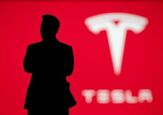
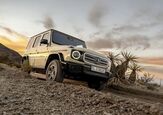
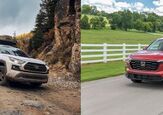















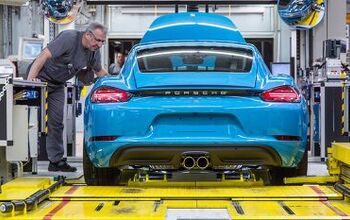
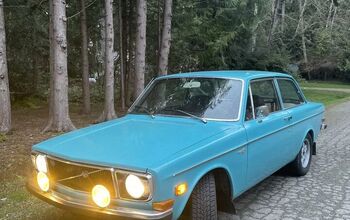
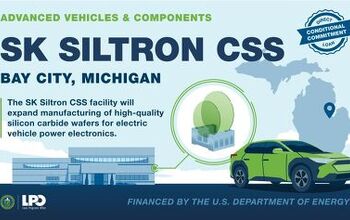
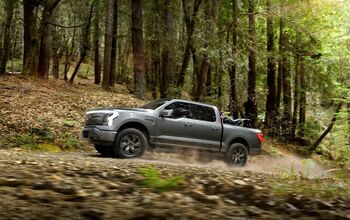
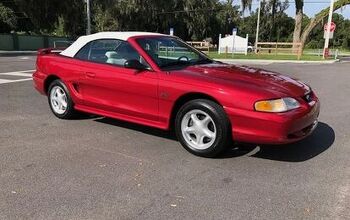
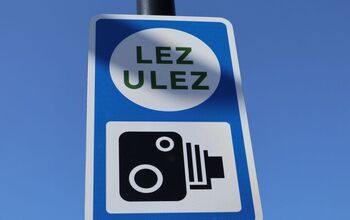
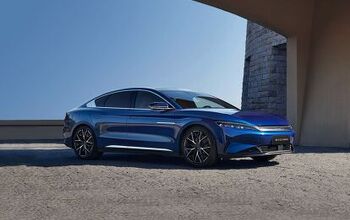
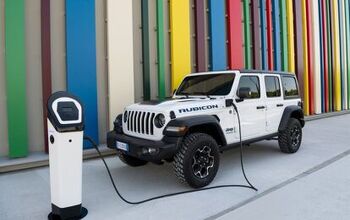

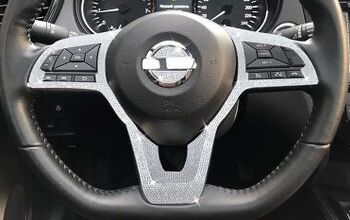
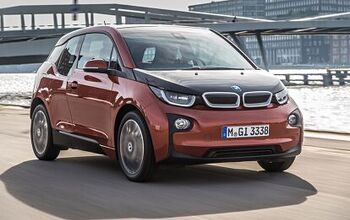
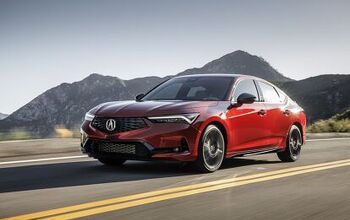
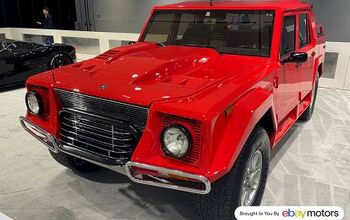
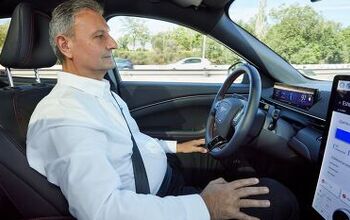
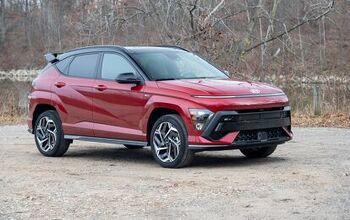
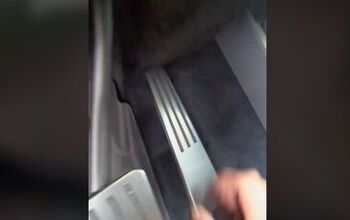
Comments
Join the conversation
They can keep the Kona. It's fugly. Please send over the Kia Stonic instead.
Kona is one of the better looking subcompacts out there. I predict it will be a winner. Hyundai seems to have focused more on luxury (Genesis) and less on what most of its audience want. For sedans, its biggest now is the Sonata which is boring. Seriously? Sonata as the top end? And it wants to compete with Nissan and Toyota? Again seriously? No trucks in America? You got to be joking. It is a wonder their dealers are not revolting against the current state of affairs. Get yourself a Toyota and be happy.